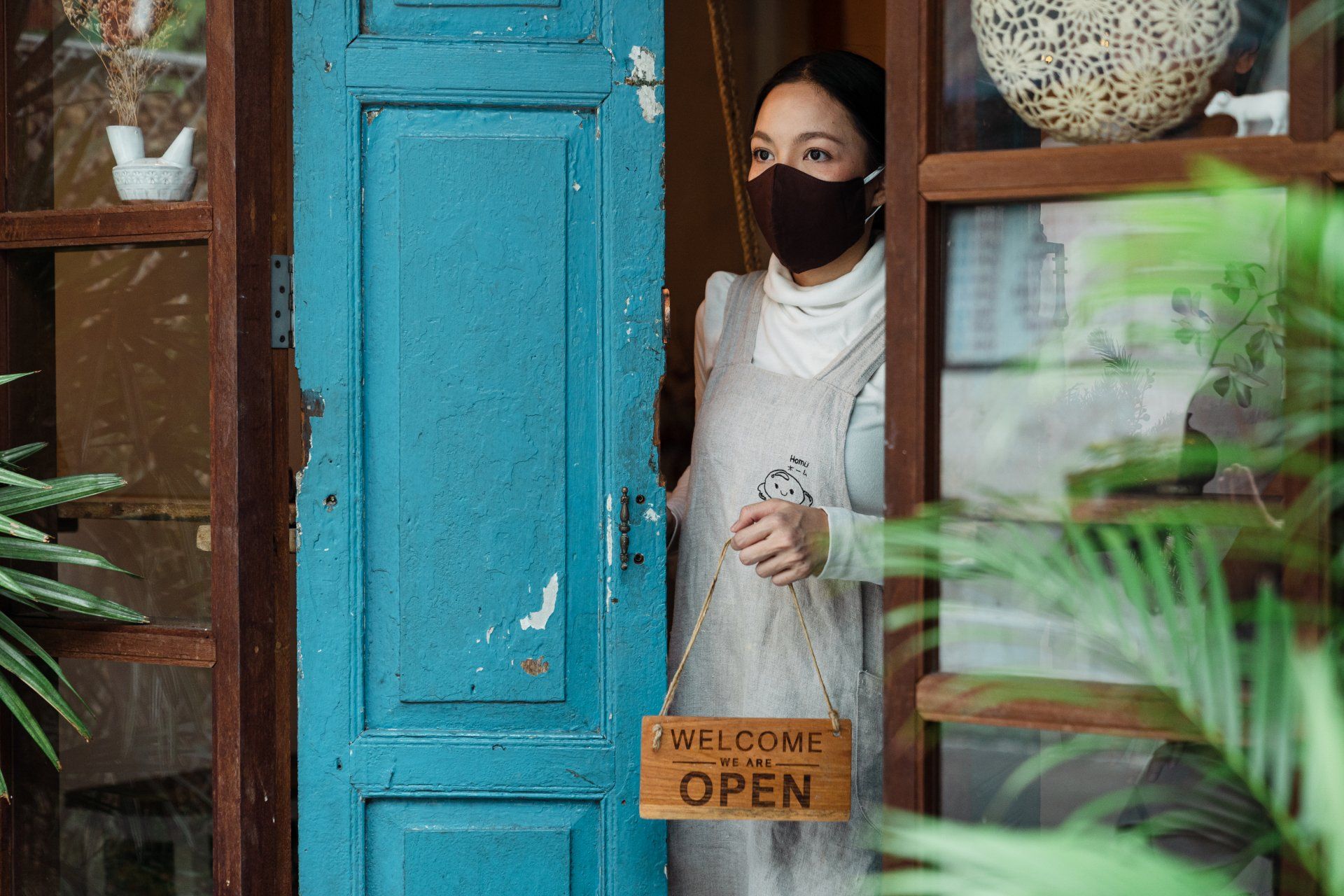News
News &Announcements

By East Texas Regional Development Company
•
31 Aug, 2022
The East Texas Regional Development Company will sponsor an East Texas Lenders Roundtable hosted by UT Tyler-Longview Small Business Development Center (SBDC) and the Small Business Administration to discuss SBA 7a loans and 504 lending basics. Expert panelists will discuss various loan programs and resources to help businesses increase their portfolios and obtain financing.
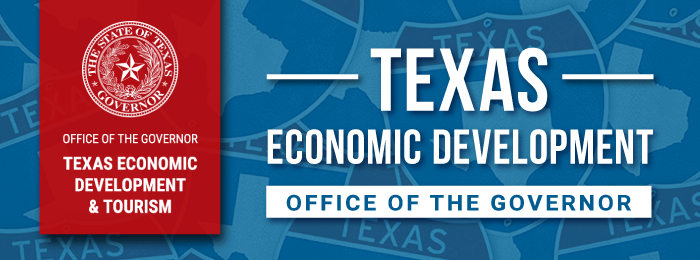
By Office of the Governor Texas Economic Development & Tourism
•
15 Jul, 2022
The Office of the Governor has announced the launch of a new recovery program, the Texas Travel Industry Recovery Grant Program (TTIR), which will begin accepting applications on July 6, 2022. The purpose of this program is to provide grants to Texas businesses in the tourism, travel, and hospitality industry that were negatively impacted due to COVID-19.
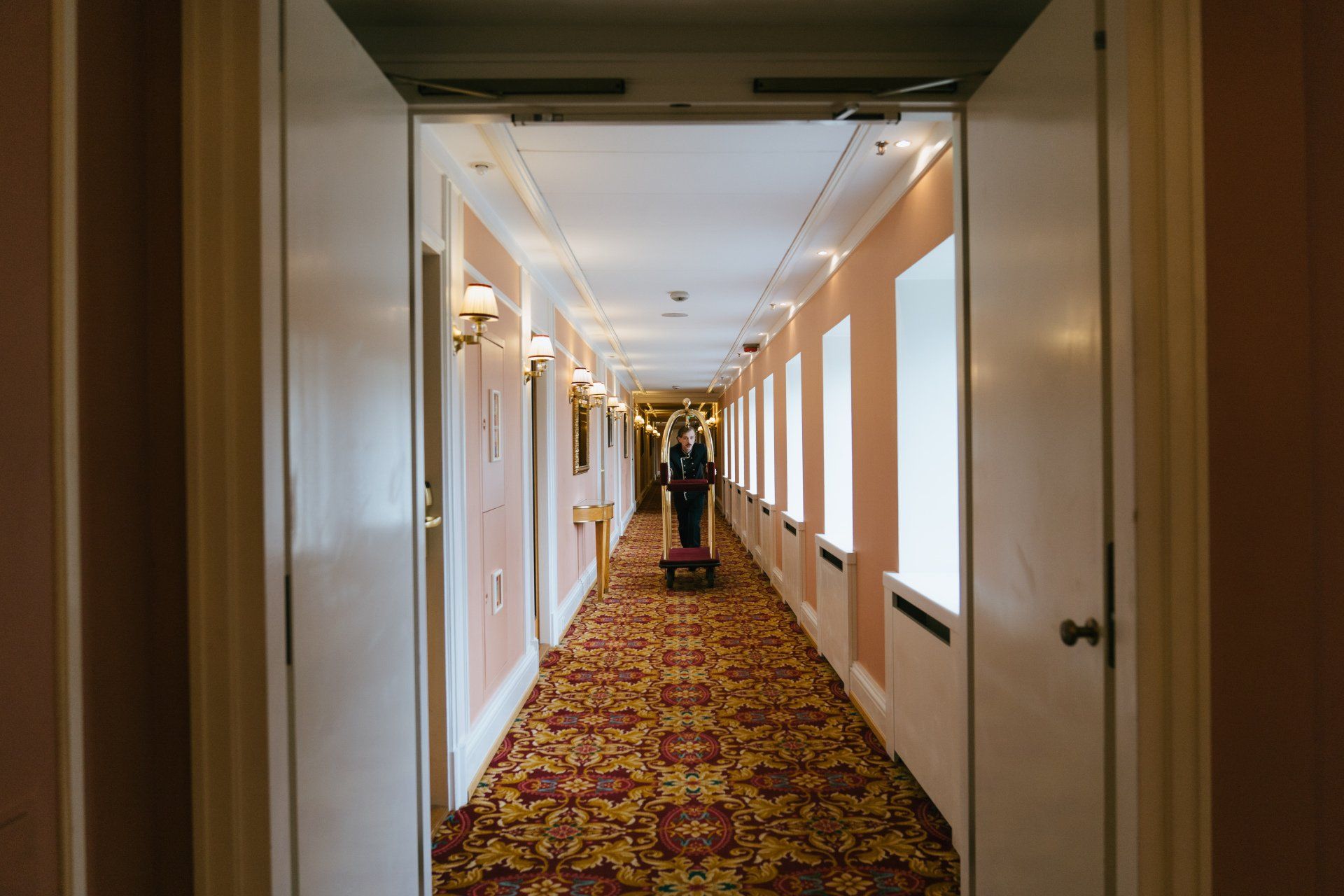
By East Texas Regional Development Company
•
07 Oct, 2021
Did you know ETCOG can help local entrepreneurs seek funding solutions through the East Texas Regional Development Company small business loan program? The East Texas Regional Development Company, ETRDC, was established in 1983 as a non-profit Certified Development Company designated by the U.S. Small Business Administration (SBA). Through this program, we offer fixed-rate financing for small businesses through the SBA 504 loan program and a revolving loan fund.

By East Texas Regional Development Company
•
25 Aug, 2021
The National Association of Development Companies (NADCO) and the Small Business Administration (SBA) have communicated with members about the extraordinarily high volume of 504 approvals this year. The good news is that as an industry, we are doing our part to support small business recovery with what they need most: long-term, fixed-rate capital to rebuild and plan for the future. However, the growth of the program does not come without challenges. In this case, the regular 504 program, which includes 504 debt refi with expansion, will reach its congressionally authorized cap of $7.5 billion before the cap is reset on October 1. As of August 21, the regular 504 program had approximately $7 billion in approvals, with estimates pointing to the program reaching the cap as soon as September 5th . What does this mean to the small business applicant, the CDC, and lending partners? Absent congressional action to provide additional authority for the regular 504 program, the SBA will be unable to approve new loans or increase existing loan approvals once the program reaches the $7.5 billion cap. Please note that the cap is based on approvals, not on closed or disbursed loans. CDCs can submit regular 504 loans (including 504 debt refi with expansion). However, once approvals reach the $7.5 billion cap, these loans cannot be approved. NADCO has asked SBA to provide the industry with more information about what happens to loans in the process once we reach the cap. Stay tuned for additional details as they are made available. CDCs can submit 504 debt refi without expansion loans, which can be processed with authorizations issued as usual.
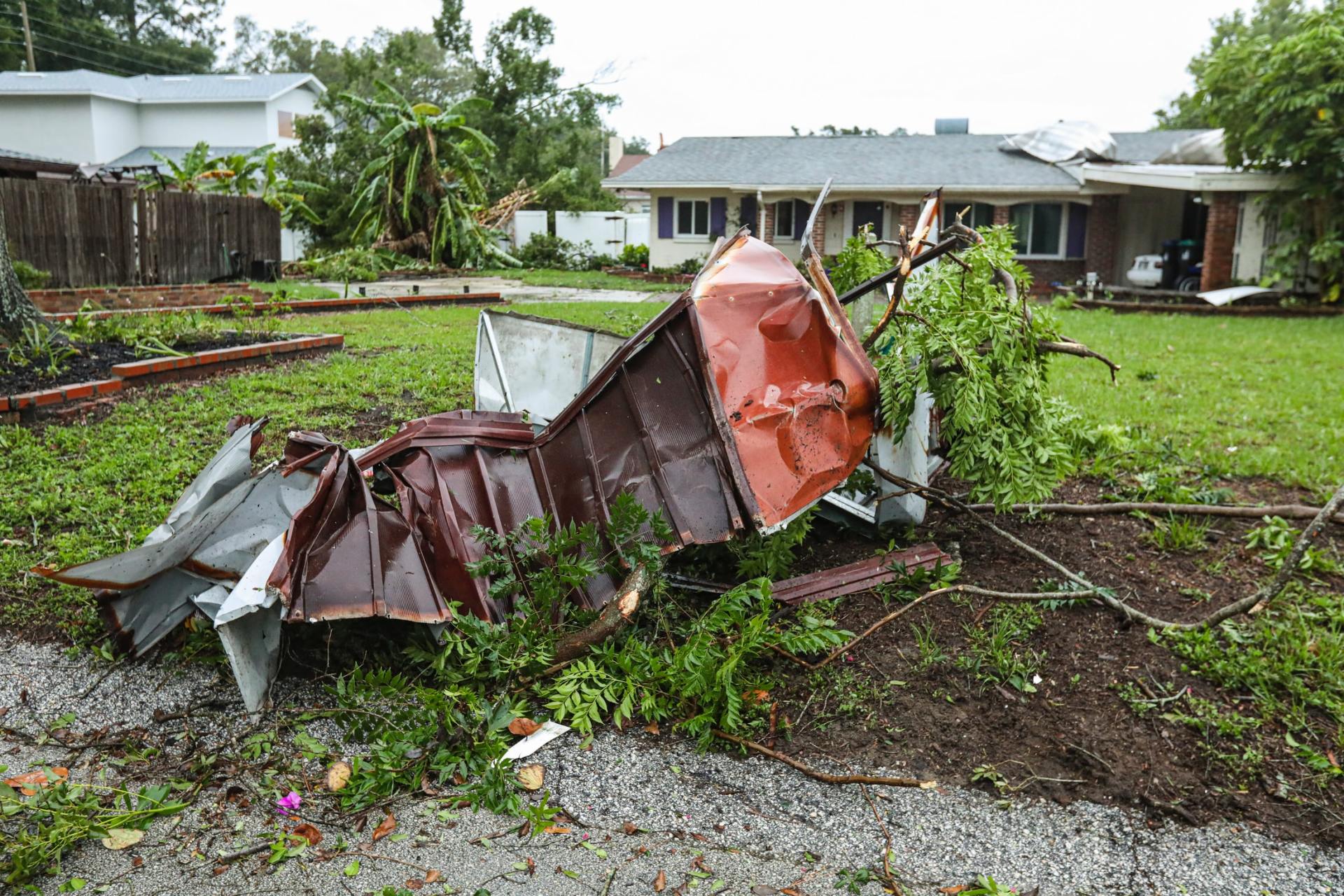
By Small Business Association
•
06 Jul, 2021
Director Tanya N. Garfield of the U.S. Small Business Administration’s Disaster Field Operations Center-West reminds Texas businesses and residents of the July 26, 2021 deadline to apply for an SBA federal disaster loan for property damage caused by the severe storms and tornadoes in Panola County that occurred March 27, 2021. According to Garfield, businesses of all sizes, most private nonprofit organizations, homeowners, and renters may apply for SBA federal disaster loans to repair or replace disaster-damaged property. SBA can also lend additional funds to help with the cost of improvements to protect, prevent or minimize the same type of disaster damage from occurring in the future. These low-interest federal disaster loans are available in Harrison County Panola County Rusk County Shelby County Businesses: Businesses of all sizes and private nonprofit organizations may borrow up to $2 million to repair or replace damaged or destroyed real estate, machinery and equipment, inventory, and other business assets. In addition, SBA offers Economic Injury Disaster Loans to small businesses, small agricultural cooperatives, small businesses engaged in aquaculture, and most private nonprofit organizations of any size to help meet working capital needs caused by the disaster. Economic injury assistance is available regardless of whether the business suffered any property damage. The deadline to apply for an SBA economic injury disaster loan is February 28, 2022. Homeowners: Disaster loans up to $200,000 are available to homeowners to repair or replace damaged or destroyed real estate. Homeowners and renters are eligible for up to $40,000 to repair or replace damaged or destroyed personal property. Interest Rates: Interest rates can be as low as 3 percent for businesses, 2 percent for private nonprofit organizations, and 1.25 percent for homeowners and renters with terms up to 30 years. Loan amounts and terms are set by SBA and are based on each applicant’s financial condition. Applicants may apply online, receive additional disaster assistance information, and download applications at https://disasterloanassistance.sba.gov/ . Applicants may also call SBA’s Customer Service Center at (800) 659-2955 or email disastercustomerservice@sba.gov (link sends email) for more information on SBA disaster assistance. Individuals who are deaf or hard‑of‑hearing may call (800) 877-8339 . Completed applications should be mailed to U.S. Small Business Administration, Processing and Disbursement Center, 14925 Kingsport Road, Fort Worth, TX 76155.
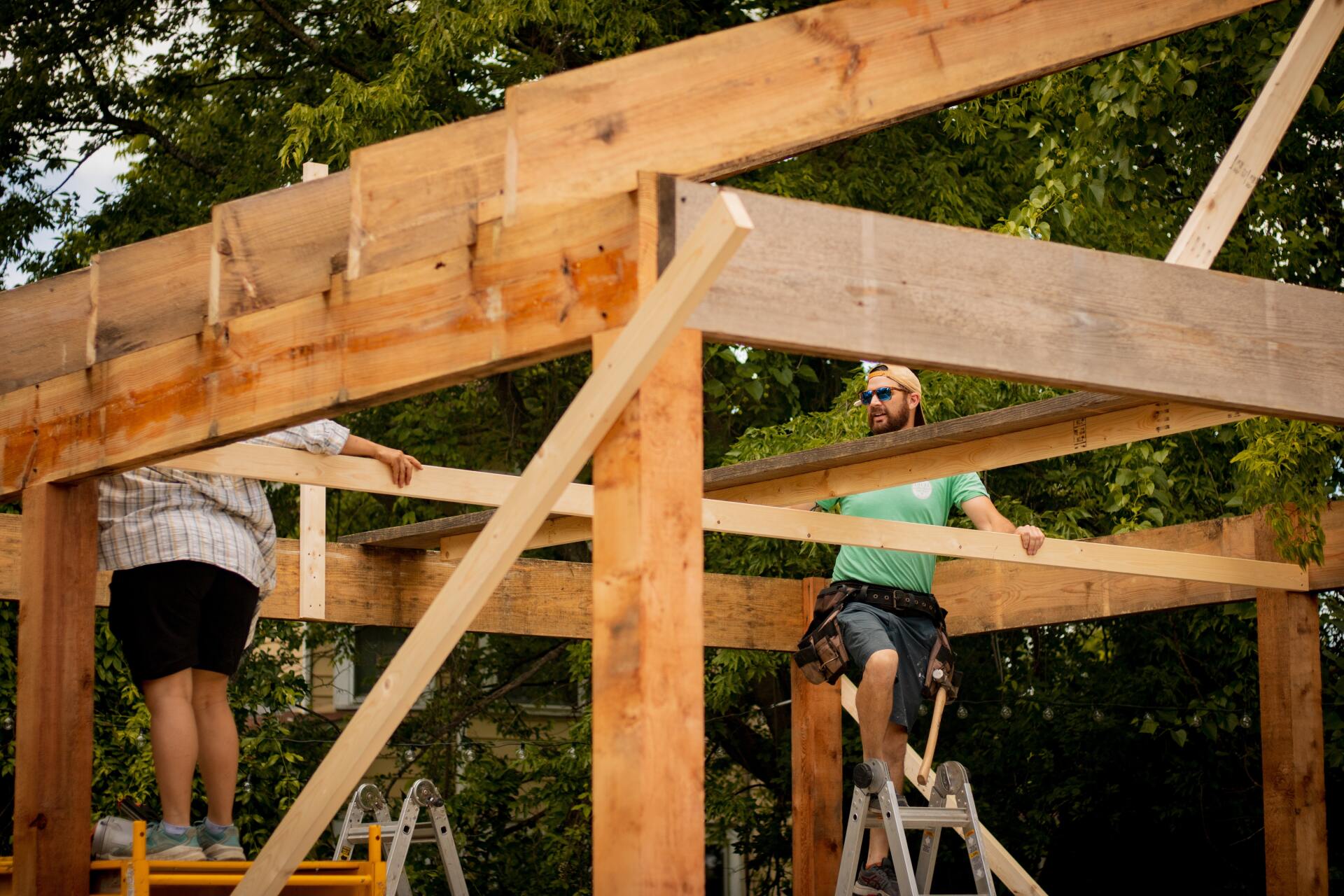
By Small Business Administration
•
04 Jun, 2021
Step 1: Assess Your Risk Every business has unique vulnerabilities and weaknesses. Knowing which disasters are most likely to affect your business can help you to return to operations faster. A back-to-business self-assessment can help you to assess your risks for common hazards such as hurricanes, wildfires, flooding, or even cyberattacks.

By U.S. Small Business Administration
•
19 Apr, 2021
SBA Administrator Isabella Casillas Guzman today announced key details on application requirements, eligibility, and a program guide for the Restaurant Revitalization Fund (RFF). The restaurant industry has been among the hardest-hit sectors during the economic downturn caused by the COVID-19 pandemic. To help bring jobs back and revive the industry, the American Rescue Plan, signed into law by President Joe Biden, established the $28.6 billion Restaurant Revitalization Fund at the U.S. Small Business Administration (SBA). The SBA will administer the funds to the hardest-hit small restaurants. “Today, we are starting the process to help restaurants and bars across the country devastated by the pandemic, and this is our message: Help is here. With the launch of the Restaurant Revitalization Fund, we’re prioritizing funding to the hardest-hit small businesses – irreplaceable gathering places in our neighborhoods and communities that need a lifeline now to get back on their feet,” said SBA Administrator Isabella Casillas Guzman. “And, thanks to clear directives from Congress, we’re rolling out this program to make sure that these businesses can meet payroll, purchase supplies, and get what they need in place to transition to today’s COVID-restricted marketplace.” Administrator Guzman emphasized, “We’re also focused on ensuring that the RRF program’s application process is streamlined and free of burdensome, bureaucratic hurdles – while still maintaining robust oversight. Under my leadership, the SBA aims to be as entrepreneurial as the entrepreneurs we serve – and that means meeting every small business where they are, and giving them the support they need to recover, rebuild and thrive.” Under this announcement, details on application requirements, eligibility, and a program guide are now available in English at www.sba.gov/restaurants or in Spanish at www.sba.gov/restaurantes . Ahead of the application launch and over the next two weeks, the SBA will establish a seven-day pilot period for the RRF application portal and conduct extensive outreach and training. The pilot period will be used to address technical issues ahead of the public launch. Participants in this pilot will be randomly selected from existing PPP borrowers in priority groups for RRF and will not receive funds until the application portal is open to the public. Following the pilot, the application portal will be opened to the public. The official application launch date will be announced at a later date. For the first 21 days that the program is open, the SBA will prioritize reviewing applications from small businesses owned by women, veterans, and socially and economically disadvantaged individuals. Following the 21-day period, all eligible applicants are encouraged to submit applications. The groundwork for this announcement is the result of a comprehensive effort to reach out to diverse stakeholders in order to understand the needs and barriers restaurants face in accessing emergency relief aid. “Local restaurants and bars are being served very good news today,” said Erika Polmar, Executive Director of the Independent Restaurant Coalition. “These guidelines were crafted by the SBA after conversations with independent restaurant and bar operators across the country. We are grateful to the SBA for their hard work to make this process as accessible as possible in a short period of time. It is clear the SBA and the Biden Administration care deeply about ensuring businesses struggling the most can quickly and effectively use this relief program, and we look forward to continued conversations and collaboration to ensure this fund works as intended for the independent restaurant and bar community.” Community business leaders from underserved communities also welcomed RRF assistance as much-needed economic relief and are working with their broad membership bases to navigate the grant application process. “In addition to historically having less operating liquidity and revenue than almost any other small business demographic, Black-owned restaurants received significantly less stimulus funding during the COVID-19 pandemic, heightening challenges and leading to disproportionate closures,” said Ron Busby, Sr., president and CEO, U.S. Black Chambers, Inc. “The USBC believes this initiative and collaboration with the SBA will bring needed resources and relief to these often underserved businesses to aid in stabilization, recovery and ultimately, strengthen our economy.” In addition to restaurant groups and leading advocacy groups for underserved business communities, the SBA has engaged national and state trade associations, and other small business stakeholders in recent weeks to understand their concerns about relief programs. “Small and independent craft breweries are vibrant community gathering places that can be found in nearly every congressional district in the U.S. and contribute to manufacturing, hospitality, retail, tourism, and agricultural industries,” said Bob Pease, president and CEO, Brewers Association. “We are pleased to work with the SBA to promote the Restaurant Revitalization Fund landing page and its available resources, and assist the breweries hit hardest by COVID-19 secure much needed additional relief to help them survive the pandemic and prepare for the restart of the economy.” At all levels, the SBA will continue engaging with stakeholder communities to inform and design delivery of financial assistance programs. As the SBA builds and prepares to roll out the program, this dedicated SBA website is the best source for up-to-date information for eligible restaurants interested in the RRF.

By Small Business Administration
•
24 Mar, 2021
The U.S. Small Business Administration is increasing the maximum amount small businesses and non-profit organizations can borrow through its COVID-19 Economic Injury Disaster Loan (EIDL) program. Starting the week of April 6, 2021, the SBA is raising the loan limit for the COVID-19 EIDL program from 6-months of economic injury with a maximum loan amount of $150,000 to up to 24-months of economic injury with a maximum loan amount of $500,000.

By East Texas Regional Development Company
•
23 Mar, 2021
The Small Business Administration has released information regarding a new grant opportunity totaling $16 Billion. The funds are available to Live and Motion Picture Venues as well as production companies and talent reps. The application opens April 8th and will fund your business with up to 45% of 2019 gross earned revenue.
CONTACT US
Thank you for contacting us.
We will get back to you as soon as possible.
We will get back to you as soon as possible.
Oops, there was an error sending your message.
Please try again later.
Please try again later.

